

promulgator:weifeng time:2023/11/10
Seamless Knitting technology is one of the significant advancements in the modern textile industry. As the name suggests, garments or textiles produced by seamless knitting techniques have almost no seams or very few seams, providing the wearer with greater comfort and a better appearance. This technology is mainly used for the production of underwear, sportswear, socks, medical supplies, etc.
1. Material Selection: The first step is to choose the appropriate raw materials. Depending on the requirements of the woven products, various types of fibers such as cotton, wool, synthetic fibers, and blended fibers can be used.
2. Knitting Technology: Seamless knitting mainly relies on specially designed circular knitting machines. These machines can efficiently knit various sizes and shapes of finished products, or even complete the shaping of the final product during the manufacturing process.
3. Knitting Process:
- Seamless knitting begins at the lower edge of the finished product and continues upwards until the entire product is completed.
- Circular knitting machines knit yarns vertically, incorporating changes as required by the design, such as increasing or decreasing the number of needles (to control density and fabric width), and even changing the yarns during the knitting process to create different textures or functional areas.
4. Computer Control: Modern seamless knitting technology is highly dependent on computer control. Computer programs can accurately guide the knitting machine to complete complex patterns and structures. Users can pre-design patterns or structures, and achieve personalized and highly customized outputs through programming.
5. Post-processing: Although seamless finished products reduce the cutting and sewing processes, they still need to go through a series of post-processing steps such as dyeing, ironing, and shaping to enhance the functionality and aesthetic appeal of the fabric.
6. Inspection and Packaging: Finally, the completed seamless products must undergo strict quality inspection to ensure there are no defects, and then be appropriately packaged before being released to the market.